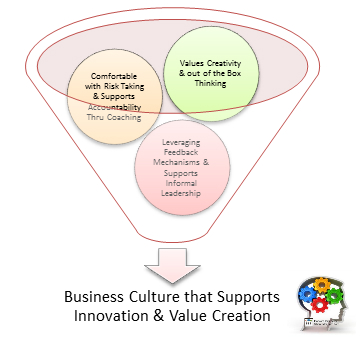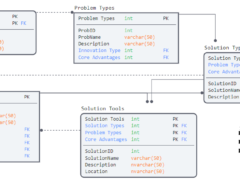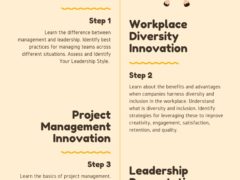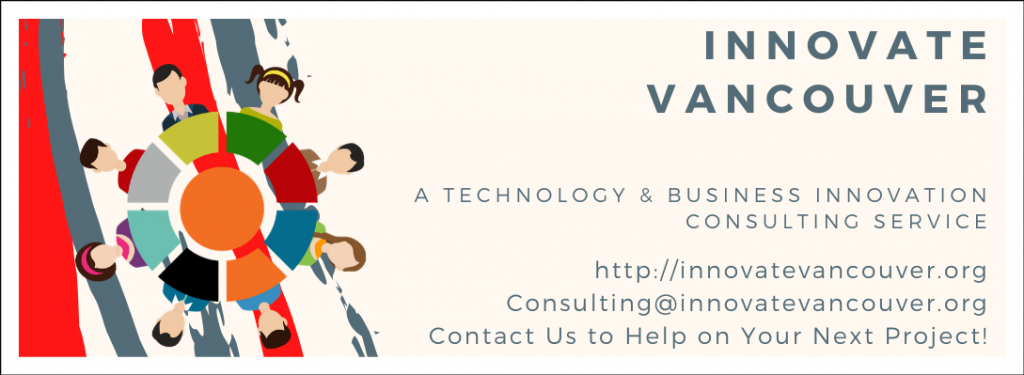Building your business culture requires taking into consideration the homeostatic mechanisms that both reinforce and sustain existing norms. When these norms are counterproductive, if not in direct conflict, with what your customer requires then your products or services are likely to fall out of favor as well. In this case maintaining the status-quo is no longer an option. The challenge is supporting the business’ stakeholders to recognize existing beliefs, values, assumptions, and cultural artifacts are in cross purpose with the business’ long term goals.

Although there may remain several paths to the same destination this does not mean that each path is equivalent.
The path taken to reach your business’ long term goals, including building a business culture that supports innovation and creative engagement, does matter as it reflects the business’ core values.
The ends do not justify the means. Similarly, focusing on short term benefits despite long term customer driven objectives will not only damage your business’ reputation it will also make your services and products less relevant. Homeostatic business processes are those that help maintain equilibrium. When equilibrium maintains the status quo the business’ ability to leverage existing and future assets & opportunities decreases. Examples of ineffective homeostatic processes include the following:
- Delegation without follow-up, oversight, coaching, or accountability
- Silos and role boundaries that limit cross-departmental collaboration and the use of feedback mechanisms (if they exist) to increase transparency
- Poor documentation or steps taken, failures faced, and lessons learned
- Limited communication or avoidance of difficult conversations around contract or regulatory compliance areas, performance concerns, product/service specifications, etc.
These are just a few examples of homeostatic mechanisms that can drive your business into misalignment with your customers’ needs. The talent, wisdom, and passion that initially made your business successful will become outdated and possibly leave.

In most cases the mechanisms needed to maintain your business’ ability to continue to generate value and innovative solutions (including those that modify existing solutions to meet individualized customer needs), and retain the skills necessary to deliver these solutions, are one and the same = The creation of a business culture that values creativity, out of the box thinking, risk taking, feedback, informal leadership, and accountability through coaching and clear & iterative goal setting.
The general description of business culture is that it represents the beliefs, actions, attitudes, and values of the corporation. Culture is then espoused as the leverage point through which further cultural change can be achieved. I would add that culture fulfills two functions: it influences beliefs, actions, attitudes, and values as well as represents an indication of those current characteristics.
It can be used to evaluate and determine whether resources, personnel, systems, policies, technologies, and behaviors are aligned. This alignment determines whether or not these same resources, etc., are being utilized efficiently, effectively, and sustainably.

I often refer to these four characteristics as the quaternity, in that they should be used to compare alternative strategies when values and ‘apparent’ outcomes are equivalent.
Instead of the CEO being the ultimate hallmark of what behaviors others should personify I have found that others, all being equal, working in the trenches can be just as effective if not more effective in role modeling the desired elements contained in this article’s description of culture.
This is even more prevalent when the CEO, for example in a national brand of geographically dispersed corporation, is not immediately visible.
Role modeling of word does not compare to the impact that can be achieved through the role modeling of visible behaviors. In a geographically dispersed corporate structure it is important that the desired cultural component’s visibility is emphasized combined with verbal modeling and reinforcement. This is particularly true when one considers what is defined as “authentic” role modeling.
This “authentic” role modeling helps explicate that changing culture, and defining desirable culture, at each level and within each functional department of the corporation requires different models and sources of visibility. Authority from a different functional perspective may sound “authentic” but it will not sound relevant.
No one individual can thus embody the desired behaviors of the envisioned culture across all functions, departments, reporting tiers, and geographical locations. Incentives, reinforcement, and verbal role modeling from the “top” remain critical but its ability to impact every niche within the corporate environment in an expeditious and sustainable fashion should not be overestimated.
Don’t let the comfort afforded by focusing on short term gains cloud your judgment. You may be missing an opportunity that could help your business become more resilient, innovative, and engaging for its stakeholders.
Travis Barker, MPA GCPM
Innovate Vancouver
Reference
Katzenbach, J., Oelschlegel, C., & Thomas, J. (2016, February 15). 10 Principles of Organizational Culture. Retrieved March 16, 2016, from http://www.strategy-business.com/article/10-Principles-of-Organizational-Culture/
Innovate Vancouver is a Technology and Business Innovation Consulting Service and located in Vancouver, BC. Contact Innovate Vancouver to help with your new project. Innovate Vancouver also gives back to the community through business consulting services. Contact us for more details.
Check out the Diversity Workplace Innovation Book and Plan Generator!




